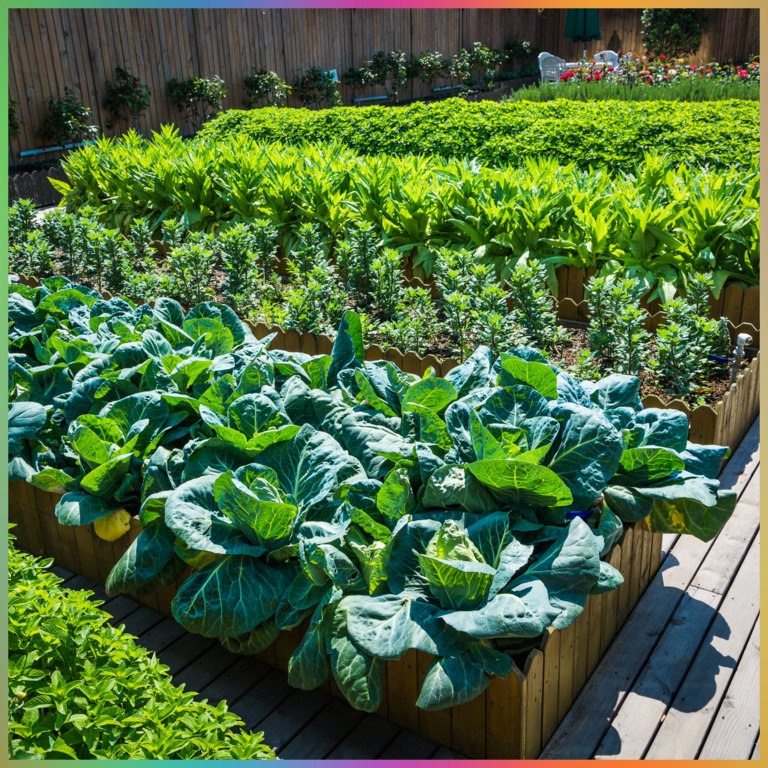
Water is crucial for a thriving garden. With modern automatic irrigation options, you don’t have to water your plants manually. Instead, you can schedule the time and day for irrigation, ensuring efficiency and convenience.
The challenge lies in selecting the perfect irrigation setup for your raised bed garden. Raised beds are common because they allow easy maintenance and accessibility.
In this post, I’ll outline the best irrigation systems to help you water your raised bed garden effectively.
Drip Irrigation
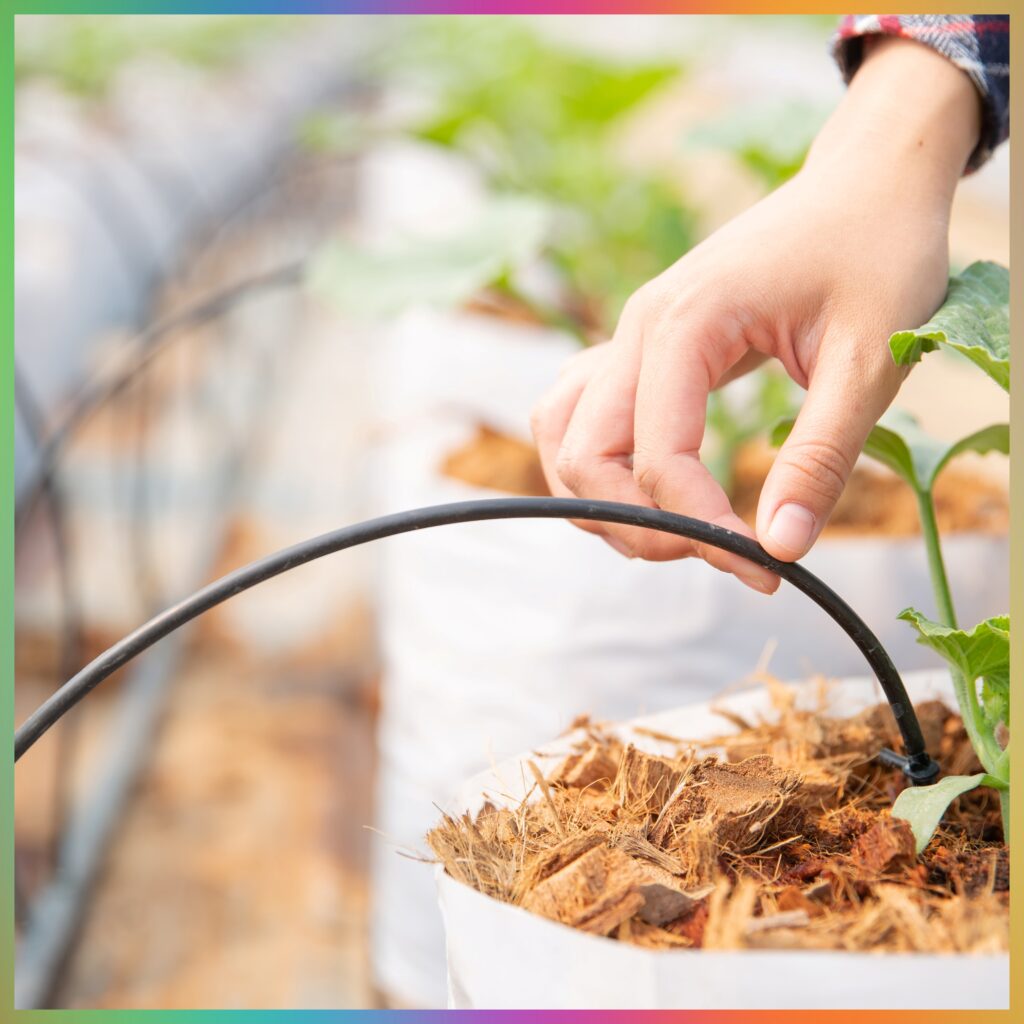
The best irrigation technique for the raised bed is Drip irrigation. You can use drip irrigation for multiple irrigation beds easily, and it uses water efficiently.
The system uses the emitters and tubes to deliver the water directly to the plant roots.
You can use many types of drip systems for raised beds.
Drip Pipes
Drip pipes or tubes are long hoses where you have to install emitters according to your plant installation.
The one downside is if you do not have enough water pressure, drip pipes are not considered the best options for long-distance or multiple raised beds.
Drip Tapes
Drip tapes are a name tape structure with pre-built drip holes.
You can rely on the drip tapes to cover long distances and multiple raised beds.
Advantages of Drip Irrigation
- Water efficiency (up to 90% compared to traditional watering)
- Precise water delivery
- Reduced weed growth
- Lower risk of plant diseases
- Suitable for automation
Components Needed to Set Up Drip Irrigation
- Main water supply connection
- Pressure regulator
- Filter
- Timer (optional but recommended)
- Main supply line
- Drip tubing
- Emitters
- End caps
- Various fittings and connectors
Soaker Hose
A soaker hose is a kind of drip irrigation, but the difference is that there are no holes for emitters or drip water. Instead, the whole house is porous and releases the water slowly.
You can use these soaker hoses for multiple raised beds without worrying about the water pressure.
Setup and handling are low cost or even no cost at all. It is easy to set up and maintain, so no worry about acquiring any extra amount over time.
Advantages of Soaker Hose:
- Easy to install
- Relatively inexpensive
- Good water distribution
- Flexible placement options
Disadvantages of Soaker Hose:
- Less precise than drip systems
- May deteriorate more quickly
- Can be less water-efficient
- Harder to control water flow at different points
Spray Systems
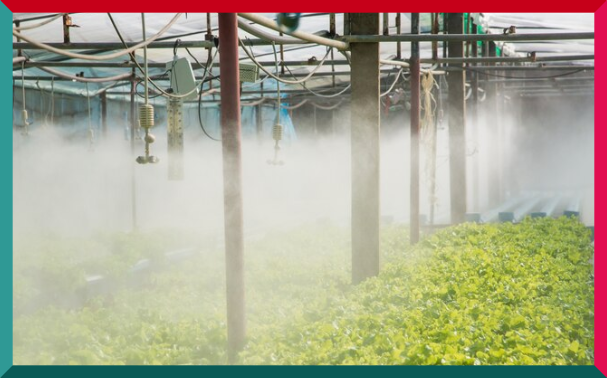
Spray Systems include many types of sprinklers, like overhead sprinklers and micro-sprinklers.
With the spray systems, targeted watering becomes difficult because sprinklers spray the water out of the raised beds, or if you installed a spray system outside the beds, there is a high chance most of the water will sprout out of the raised beds like in pathways.
If water is reaching outside of the bed, it means you’ll be watering grass and weeds, leading to more maintenance to keep the area tidy. If your pathways are gravel, you’re wasting water.
Advantages of Spray System:
- Good for leafy greens and dense plantings
- Can cover larger areas effectively
- Simple to install and maintain
Limitations of Spray System:
- Higher water loss through evaporation
- It may encourage fungal diseases
- Less efficient than drip systems
- Can be affected by wind
Hand Watering
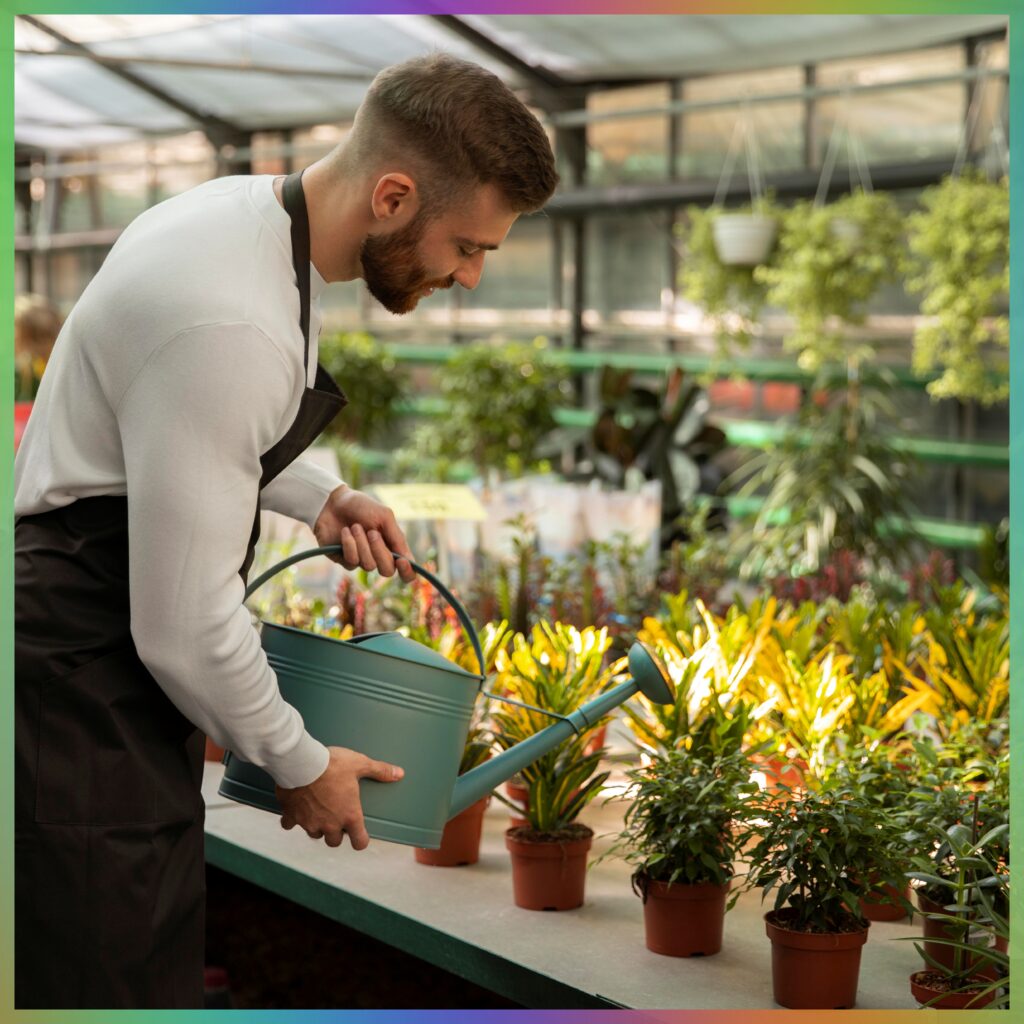
An easy watering technique is the Hand Watering Technique, giving water personally.
Best suited for the 3-5 raised beds where you can give water every day, or you can schedule the watering according to your free time.
You can use the normal hose and a spray attachment with it or use the watering pot or kettle according to your comfort or need.
Advantages of Hand Watering
- Easy to do
- Best opportunity to get “up close and personal” to your plants
- Precise and water coverage
Disadvantages of Hand Watering
- Labor intensive cannot be automated
- Not suitable for large operations like more than 8 or 10 raised beds
- The frequency of water is affected if you do not give water regularly or on scheduled days
Use Olla Vessel
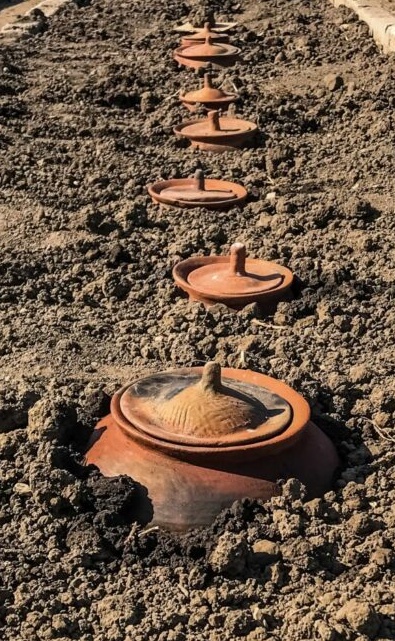
Olla means a clay pot giving water by weeping.
These clay vessels are placed within the raised bed to give away the water. The whole pot is porous, giving away the water as the bed gets dry.
To place an olla, you have to dig a small hole and bury it up to the neck in the center of your raised bed and circle around the olla to place the plants.
Advantages of Olla
- Easy to install and no maintenance
- Requires less water
- Can be used on many raised beds
Disadvantages of Olla
- Continuously refill the olla according to water needs, typically 2 to 8 days.
- Not every plant is suitable for the ollas, and you have to place plants that prefer more moisture and those with smaller root systems closer to the olla, plants that prefer drier soil conditions, and those that have larger root systems farther away.
Ok, these are all the irrigation types you can use in the raised bed. Other than these, you can use the Garden Grids, which are built-in irrigation systems that come in different diameters for raised beds.
Garden Grids simply have a built-in drip system, so you don’t have to build or hire an expert to build in. It is easy to install and irrigate for many raised beds at once.
Why Does Proper Irrigation Matter for Raised Beds?
Every type of plant is not grown in the raised beds, so not every type of irrigation system is used in the raised bed.
Raised garden beds present unique irrigation challenges and opportunities. Unlike traditional gardens, raised beds typically have better drainage and soil quality, but they can also dry out more quickly. This makes having a reliable irrigation system even more important.
Benefits of well-designed irrigation systems for raised beds:
- Consistent water delivery that promotes healthy plant growth
- Water conservation through targeted application
- Time savings through automation
- Reduced plant stress and disease
- Better control over soil moisture levels
- Improved crop yields
Last Thought…
Choosing the right irrigation system depends on your specific needs, climate, and gardening style. Start with a simple setup and adjust as you gain experience with your garden’s unique water requirements.
Whether you opt for a soaker hose, a fully automated drip system, or an olla-based approach, consistency is key. Monitor your plants’ response and fine-tune your irrigation strategy for optimal growth.
As irrigation technology evolves, stay informed about new developments to improve efficiency and sustainability in your raised bed garden.

Leave a Reply